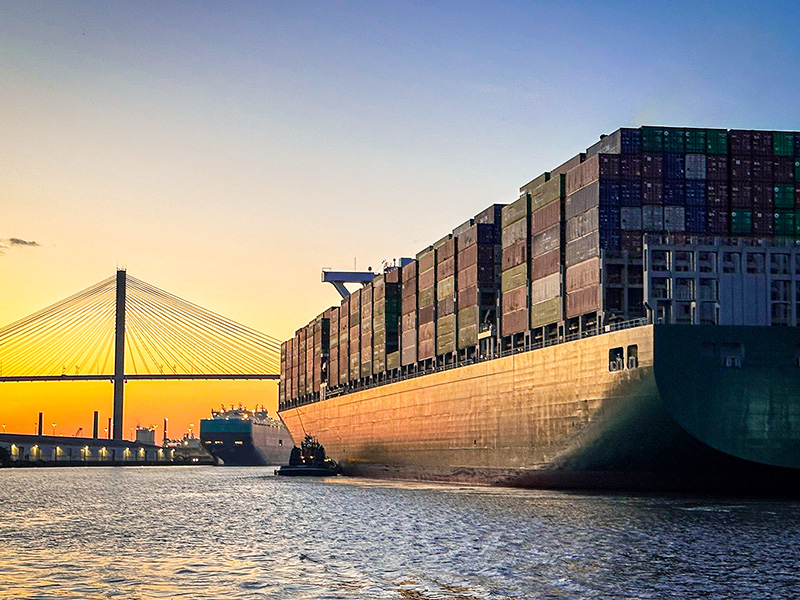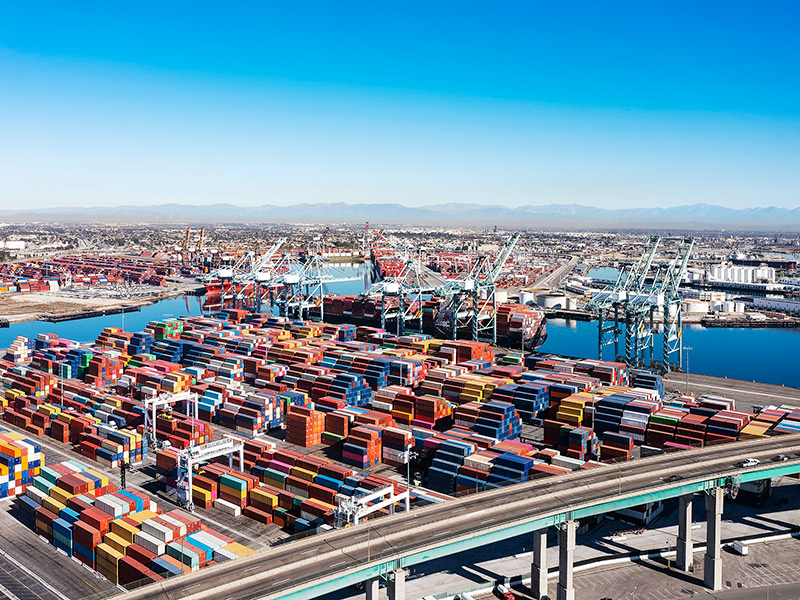
Authors
-
Lin Wang
Former Director, Transformation, BSR
The coronavirus (COVID-19) outbreak has had an obvious and immediate impact on China’s economy. According to the World Health Organization (WHO), as of March 5, there were 80,565 confirmed cases and more than 3,015 deaths from the virus in China alone. Cities, offices, stores, and factories across the nation have remained closed since the Chinese New Year on January 25, and travel controls and quarantine measures are still being tightly applied throughout the country.
People in all industries, especially workers in the manufacturing and service sectors, continue to be stuck in their hometowns, even though the official date for return to work was February 10.
While the Chinese Enterprise Confederation (CED) reports that 97 percent of the top 500 Chinese manufacturers have resumed operations, the impact on mid- and small-size factories is much greater. A survey from recruiting platform BOSS Zhipin cited an average resumption of work rate of only around 58 percent in the manufacturing sector as of February 21. Manufacturing for foreign trade in provinces such as Zhejiang and Shandong has only reached 70 percent capacity.
The Challenge of Workers’ Travel
By comparison, the SARS outbreak in 2003 had a less severe impact on the ability of workers to return to work and of businesses to resume operations. As one factory manager noted, it was less of challenge to get staff back to work in 2003 because the outbreak took place in April, long after the Chinese New Year holiday.
The coronavirus outbreak, on the other hand, took place during the beginning of the Chinese New Year holidays, when workers across all professions had returned to their hometowns to spend quality time with families and children, often in cities and provinces far from their workplaces. This is a result of the growth of China’s middle class, the significant increase in workers’ incomes, and the country’s poverty alleviation program, which has improved overall wellbeing for the greater population.
| 2010 | 2015 | 2018 | Annual rate | Non-local population | |
| Shanghai | 19,980,000 | 23,741,000 | 25,888,000 | +/-3% | +/-980,000 |
| Beijing | 19,619,000 | 21,705,000 | 21,542,000 | -3% | +/-770,000 |
Furthermore, China’s megacities—which have boomed along the Yangtze River, Pearl River Delta, and Beijing areas, as well as many regions in central and western China—have attracted mass migration from the rural areas as people seek professional and educational opportunities. In Beijing and Shanghai, for example, nearly 40 percent of the population are from other parts of the country. The domestic migrant population size is even greater in smaller cities and more industrialized areas.
To fight the continued spread of the virus, most cities and counties have restricted travel, particularly in regions which have been hit hard by the disease. Even workers with permission to travel—those not showing symptoms for 14 days—face an additional quarantine when they arrive at their destination. This has resulted in a phenomenal logistical challenge for workers and factories alike. The tens of millions of people traveling across the country for work face the challenge of planning for how they will meet their financial responsibilities at home with uncertain work schedules. For factory managers, there are massive challenges on everything, from planning for production line schedules, to the procurement of raw materials, and providing additional living space, food, and personal protection equipment for their workers.
The tens of millions of people traveling across the country for work face the challenge of planning for how they will meet their financial responsibilities at home with uncertain work schedules.
Impact on Supply Chains
Labor shortages and suspended manufacturing operations have also impacted global supply chains. Cambodia, Thailand, Vietnam, and Indonesia have all reported production interruptions due to lack of raw materials from China or Chinese factory managers who have yet to return to work. For example, some factories that host BSR’s HERproject, the largest workplace-based women’s empowerment initiative operating in global supply chains, have suspended operations in light of the coronavirus.
Realizing the challenges that the coronavirus has wrought on supply chains, Chinese local authorities are responding quickly, and many cities have introduced supportive policies and actions to help business and manufactures back to operations. Some measures include:
- Efforts to help the workers return to factories safely: The Zhejiang and Guangdong provinces, two of China’s biggest manufacturing and export hubs, have organized charter buses and trains to help factories get workers stuck in their hometowns due to travel restrictions and lack of travel options back to the cities where they work.
- Providing financial support: This includes banks offering loans to help business improve their cash flow, policies allowing enterprises to delay and temporarily reduce the percentage of social security contributions (with the baseline not affecting workers' overall benefits), and major retail and property owners reducing rent.
- Offering business solutions: This includes local tax offices using their databases to help manufacturers find raw materials suppliers and logistic solutions, policies to speed up reopening business applications and approval, and expedited import and export tax services at ports.
Despite these positive actions, factories and business are still facing significant challenges regarding shortage of protection products such as masks and disinfectants, quarantine facilities, and costs related to the number of migrant workers that require additional accommodations in line with government health regulations.
Uncertainty for the Chinese—and Global—Economy
The rapid slowing of China’s economy in the wake of the COVID-19 outbreak has hurt business around the world, from multinational companies to local suppliers.
On March 2, the OECD predicted that the slowdown could more than halve global growth in 2020, and the World Bank and IMF announced that they have set aside emergency funding for countries seeking to fight the fast-spreading virus.
The pan-European Stoxx 600 lost approximately 12.7 percent from February 24-28, its worst since October 2008 at the height of the global financial crisis. In the U.S., the S&P 500 fell by 13 percent and Nasdaq by 12.3 percent in just one week. Seven major Asia-Pacific markets have also fallen into correction territory.
On March 2, the OECD predicted that the slowdown could more than halve global growth in 2020, and the World Bank and IMF announced that they have set aside emergency funding for countries seeking to fight the fast-spreading virus.
This leaves major questions for companies and their workforces to consider:
- For workers stuck in their hometown: how to resume their career path, family financial plan, and children’s educational arrangements?
- For businesses with vertically integrated and complex supply chains in China: where to source materials, how to get workers back to work, and how to ship products?
- For the growing Chinese consumer market: where to get products, how to attract consumers, and how to regain the growth and expansion that have suddenly been put on hold?
- For international trade and business: how to meet consumer demand for products made in China, which have been critical to global retail shelves, and how to source raw materials to needed for production in southeast Asian factories?
For companies with operations or supply chains in China, understanding the evolution of the impact of the coronavirus on your supply chain is important. This sequence of blogs, written by BSR’s China team, is intended to help illustrate this.
As the virus situation evolves, companies need to start by asking some key questions, and attempting to gain a firmer understanding of how the virus will impact the financial, employment and raw material situation of their suppliers. We will explore some of the key solutions to many of these questions in an upcoming blog in this series.
BSR’s latest sustainability insights and events straight to your inbox.
Topics
Let’s talk about how BSR can help you to transform your business and achieve your sustainability goals.







